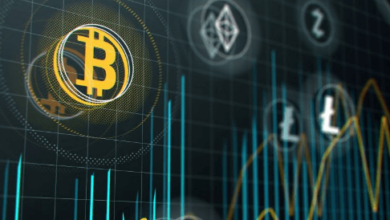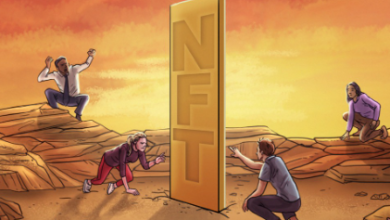Navigating the Convergence of AI and High-Frequency Trading: Exploring Opportunities and Challenges

In the world of finance, the integration of artificial intelligence (AI) with high-frequency trading (HFT) has sparked both excitement and scrutiny. High-frequency trading involves executing a large number of trades at extremely high speeds, leveraging algorithms and technology to capitalize on market inefficiencies. As AI continues to advance, it is increasingly being applied to optimize trading strategies and enhance decision-making processes in high-frequency trading environments. In this article, we delve into the intersection of AI and high-frequency trading, examining the opportunities it presents and the challenges it entails.
Understanding AI in High-Frequency Trading
AI algorithms in high-frequency trading analyze vast amounts of market data, identifying patterns and trends that human traders may overlook. These algorithms can execute trades with lightning speed, exploiting fleeting opportunities in the market to generate profits. Machine learning techniques enable AI systems to continuously adapt and improve their strategies based on real-time market conditions, making them increasingly effective in dynamic trading environments.
Opportunities for AI in High-Frequency Trading
The integration of AI in high-frequency trading presents numerous opportunities for market participants. AI algorithms can analyze complex data sets and identify trading signals with greater accuracy and efficiency than traditional methods. This can lead to higher returns and reduced risk for investors engaged in high-frequency trading. Moreover, AI-powered trading systems can operate 24/7, enabling market participants to capitalize on opportunities in global markets around the clock.
Challenges of AI in High-Frequency Trading
While AI offers significant benefits in high-frequency trading, it also poses challenges and risks. One concern is the potential for algorithmic trading systems to exacerbate market volatility or trigger flash crashes. Additionally, there is the risk of algorithmic trading strategies becoming too complex or opaque, making it difficult for regulators to monitor and oversee market activity effectively. Moreover, AI systems are not immune to biases or errors, raising questions about the reliability and integrity of algorithmic trading in high-frequency environments.
Mitigating Risks and Ensuring Transparency
To address the challenges associated with AI in high-frequency trading, market participants must implement robust risk management protocols and ensure transparency in algorithmic trading practices. This includes rigorous testing and validation of AI algorithms, as well as ongoing monitoring and oversight by regulatory authorities. Market participants should also prioritize the development of explainable AI models that provide insights into the decision-making process of algorithmic trading systems.
Innovative Applications Beyond Trading: White Label Credit Cards
While high-frequency trading remains a focal point for AI applications in finance, there are also innovative opportunities beyond trading, such as in the realm of white label credit cards. White label credit cards, operated by third-party providers but issued by financial institutions, offer customizable payment solutions with tailored benefits and rewards. AI algorithms can analyze cardholders’ spending patterns and preferences to personalize rewards programs, optimize promotional offers, and enhance the overall cardholder experience.
Conclusion
The intersection of AI and high-frequency trading holds immense promise for the future of finance, offering opportunities to enhance trading strategies, improve decision-making processes, and drive innovation. However, it also brings challenges that must be addressed to ensure the integrity and stability of financial markets. By navigating these opportunities and challenges thoughtfully, market participants can harness the power of AI to unlock new possibilities in high-frequency trading and beyond.





